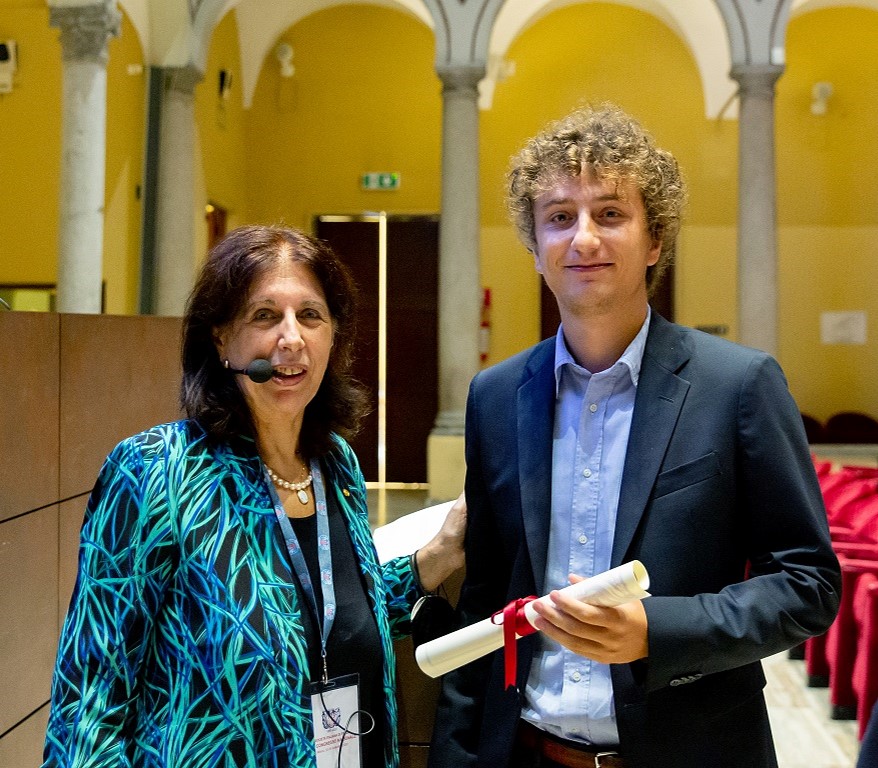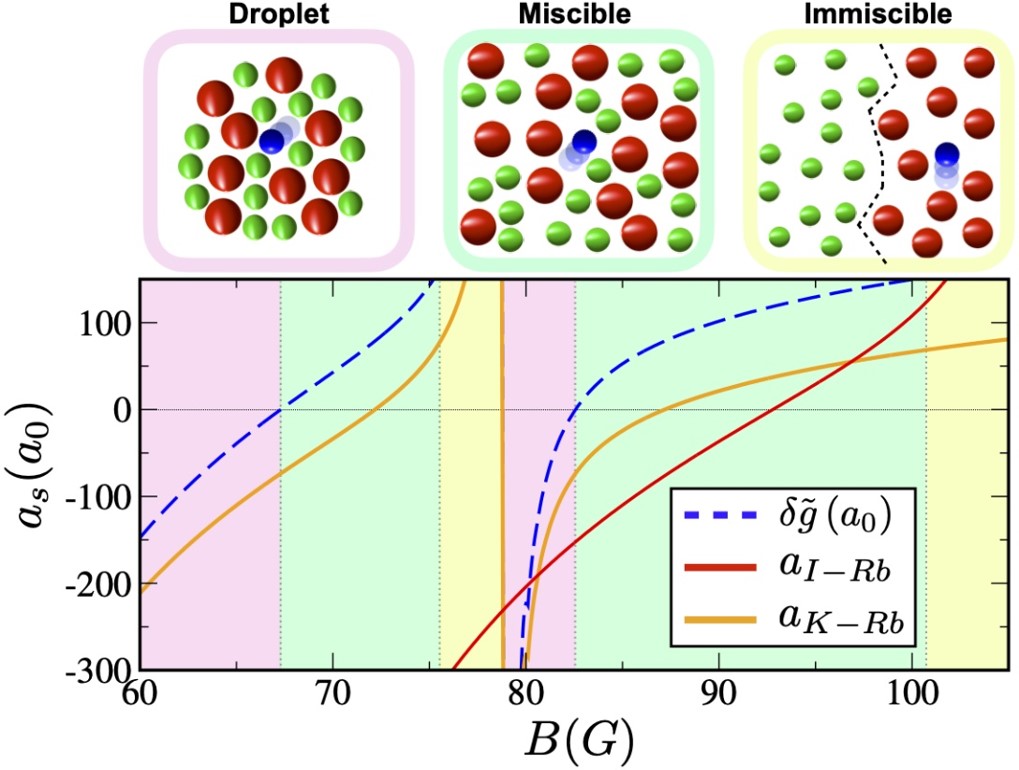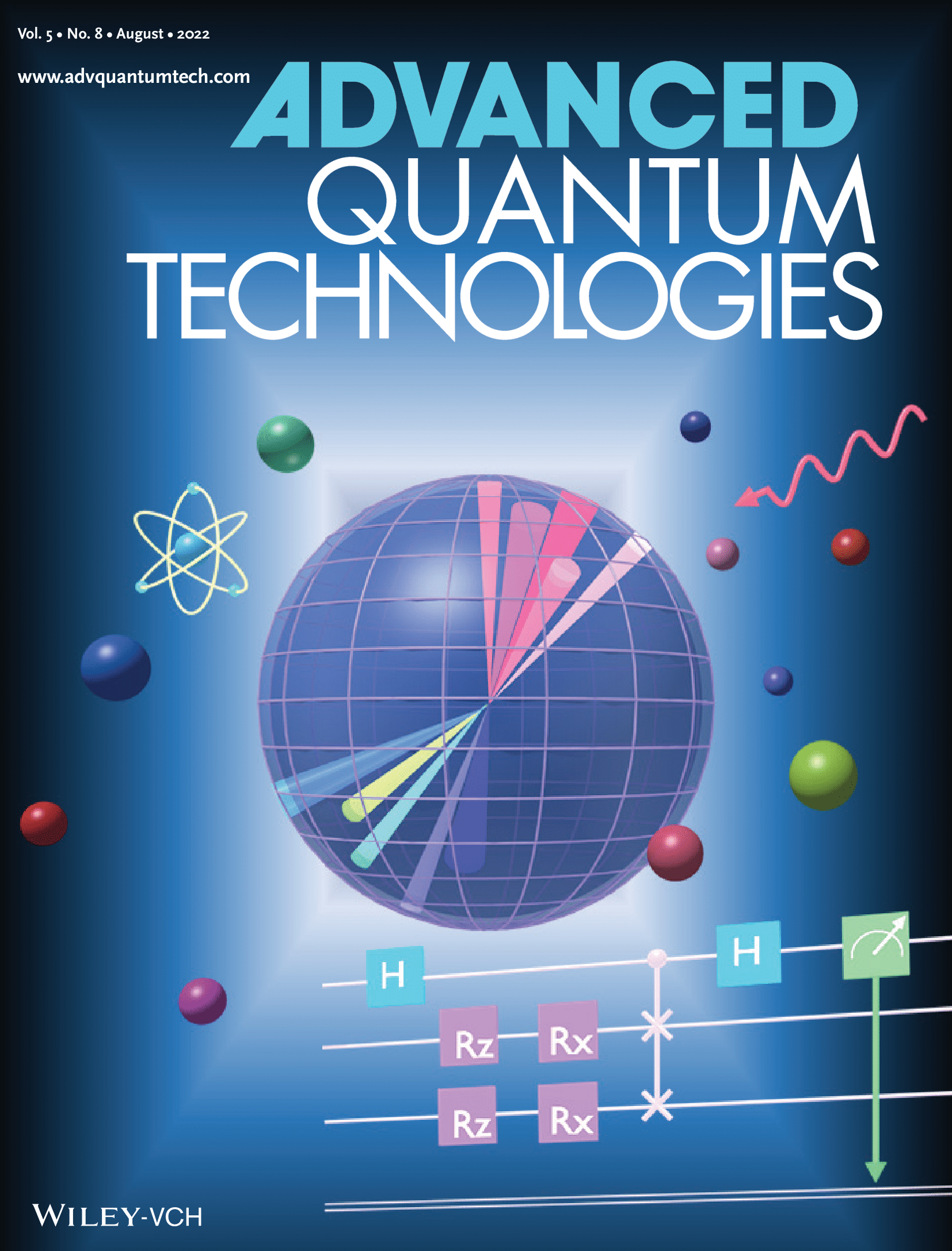 |
A large repulsion between particles in a quantum system can lead to their localization, an effect responsible for the Mott insulator phases in strongly correlated materials. In a system with multiple orbitals, an orbital-selective Mott insulator can form, where electrons in some orbitals are predicted to localize while others remain itinerant. Here we demonstrate a more general version of this phenomenon by observing flavour-selective localization in an atom-based quantum simulator. Our experiment realizes Fermi–Hubbard models with an SU(3) symmetry that can be broken using a tunable coupling between flavours. We observe an enhancement of the localization associated with a selective Mott transition and the emergence of flavour-dependent correlations. Our realization of flavour-selective Mott physics demonstrates the potential of cold atoms to simulate interacting multicomponent materials such as superconductors and topological insulators. D. Tusi, et al. |
LAST NEWS
 |
During the national congress of the Società Italiana di Fisica (SIF), held in Milan from the 12th to the 16th of September, the prize for young graduates in physics, entitled to Giuliano Toraldo di Francia, has been awarded to Giulio Biagioni, PhD student of the Department of Physics and Astronomy of the University of Florence working in the Dy Lab. Giulio's PhD project is focused on the study of the supersolid phase of matter in a dipolar quantum gas. See also the SIF congress webpage |
 |
Our work on orientational melting of ion crystals is now published on Physical Review Letter! We studied the peculiar melting of our 2D crystals: the loss of crystallization along the angular direction and its dependence on particle number and impurities reveals the mesoscopic character of the observed transition. Our work paves the way to studies of thermodynamics of small systems and of quantum rotors. Read more on PRL! L. Duca, et al. |
 |
Together with Giacomo Bighin and Tommaso Macrì, we studied the problem of a mobile impurity immersed in a bosonic mixture. We focused on the experimental relevant case of a 41K−87Rb mixture, prepared in its ground-state, with the impurity consisting of a few 41K atoms in the second-lowest hyperfine state. We provided a compressive picture of the impurity across the mixture phase diagram. In the droplet phase, under realistic experimental conditions, we found exotic bound-states where the impurity localized either at the center or at the droplet surface. Our findings provide new insights for the study and detection of Bose polarons in collisionally stable and long-lived Bose mixtures such as the 41K-87Rb one. G. Bighin et al. |
 |
A quantum embedding is a map that can be trained to separate and embed classical data points into a much larger Hilbert space. In the case of binary classification problems, this quantum protocol achieves a geometrical representation of the data in which they are easier to be classified. In the era of big data, this algorithm can provide a remarkable simplification of the intensive preprocessing often necessary for Machine Learning algorithms to perform efficiently. We have developed an extensive experimental study of quantum embedding by implementing a parametrized quantum circuit on two complementary experimental platforms: atomic and photonic. We have compared the results with a similar analysis conducted on the cloud-available Rigetti superconducting quantum processor. The successful results support the promising idea of hybrid quantum technologies for future Quantum Machine Learning applications. (Front cover on Adv. Quantum Technol. Volume 5, Issue 8, August 2022) I. Gianani, et al., |
